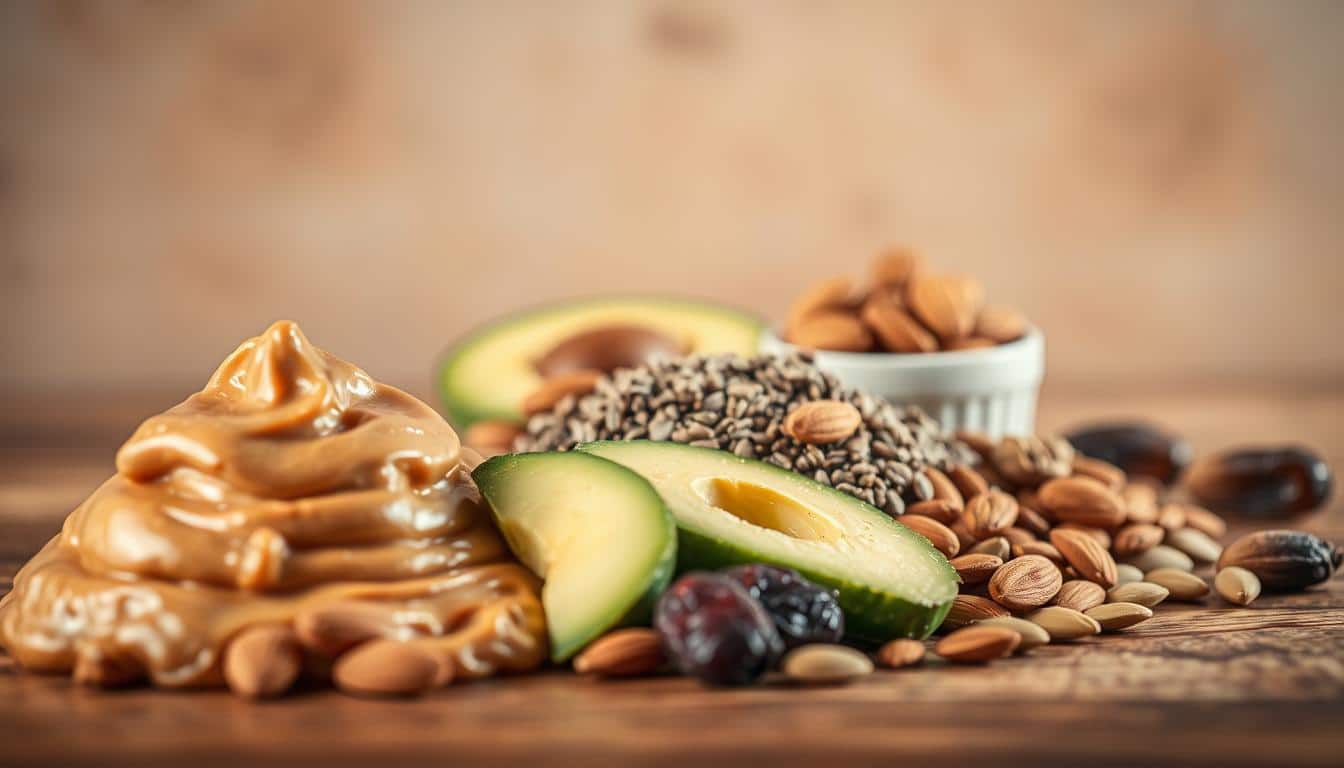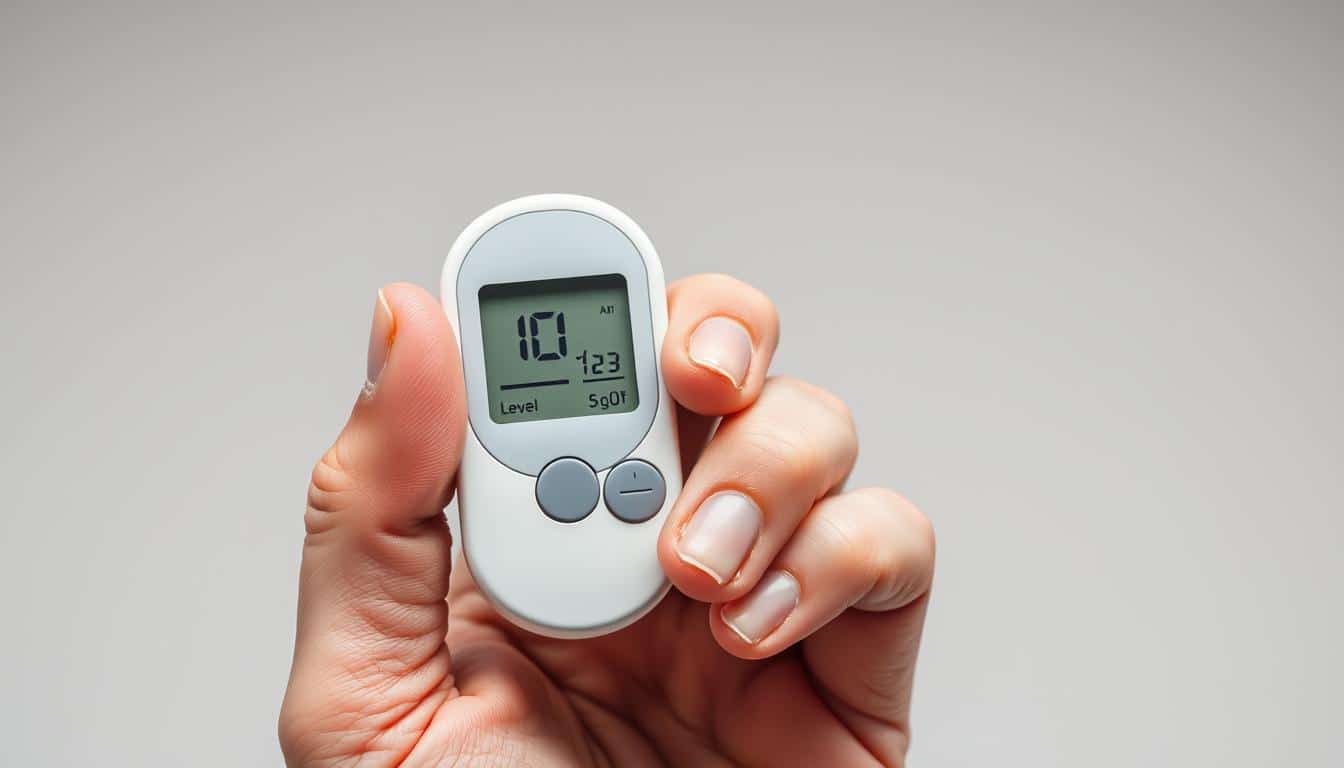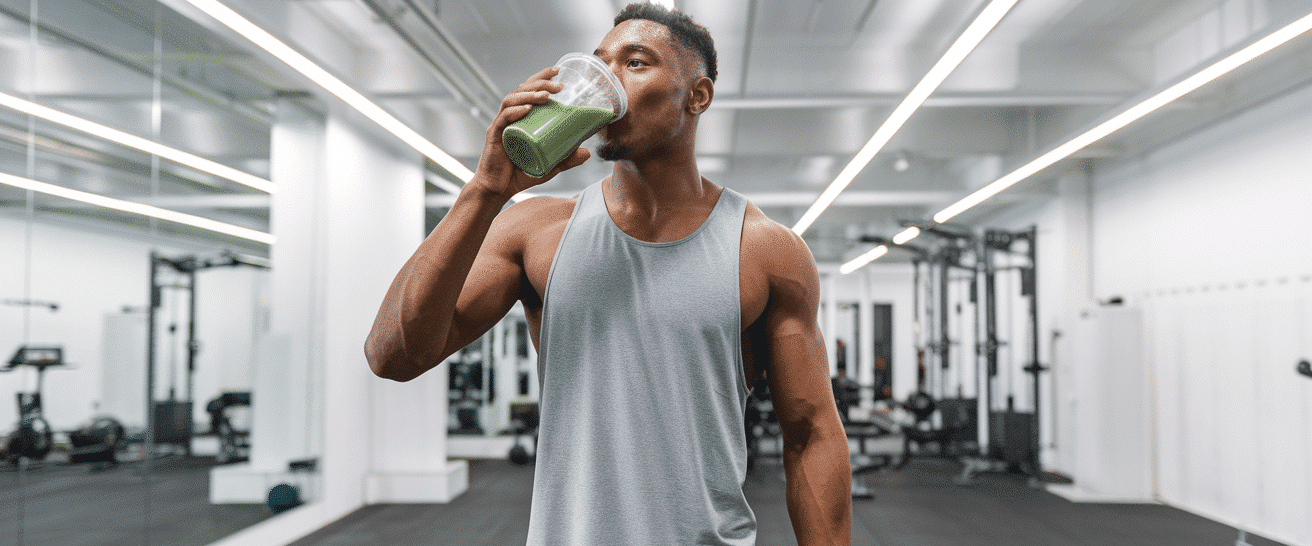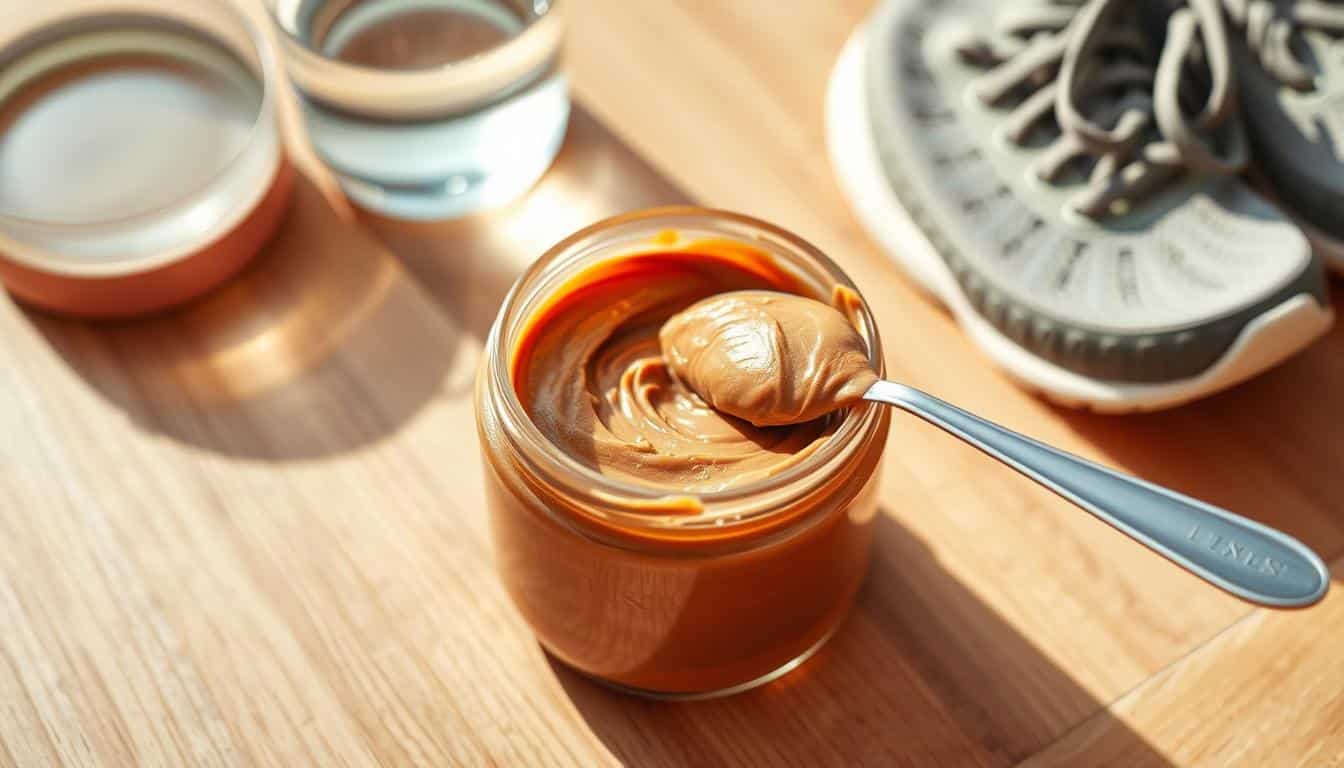When it comes to fueling your body for a workout, finding the right snack can make all the difference. Many fitness enthusiasts swear by peanut butter as a go-to option. But is it really effective? Let’s dive in and explore why this creamy spread has gained so much popularity.
Peanut butter is packed with protein and healthy fats, making it a great source of sustained energy. Whether you’re hitting the gym or going for a run, it can help keep you fueled throughout your session. Plus, it’s quick, convenient, and pairs well with other snacks like apples or whole-grain bread.
In this article, we’ll break down how peanut butter compares to other pre-workout options, its benefits for your body, and tips on how to incorporate it into your routine. Ready to learn more? Let’s get started!
What Makes Peanut Butter a Potential Pre-Workout Snack?
Choosing the right snack to power your exercise routine can be a game-changer. It’s all about finding a balance of nutrients that keeps you energized and supports your body’s needs. One popular option stands out for its unique combination of protein and healthy fats.

High Protein Content
Protein is essential for preparing your muscles for physical activity. With about 7 grams per serving, this snack provides a good source of this vital nutrient. It helps repair and build muscle tissue, ensuring you’re ready to tackle your routine.
For comparison, eggs are another excellent protein option, but this spread offers a convenient alternative. Whether you’re lifting weights or running, protein ensures your body has the building blocks it needs.
Healthy Fats for Sustained Energy
Healthy fats play a crucial role in keeping your energy levels steady. Monounsaturated fats, found in this snack, slow digestion, providing a long-lasting fuel source. This is especially helpful during endurance activities.
Trail mix is another example of how fats and protein work together for sustained energy. By preventing blood sugar crashes, these fats help you stay focused and perform at your best.
Benefits of Eating Peanut Butter Before a Workout
Fueling your body effectively can enhance your performance during exercise. A well-chosen snack provides the energy and nutrients you need to power through your routine. Let’s explore how this creamy spread can help you stay energized and focused.

Boosts Energy Levels
Peanut butter contains natural sugars, about 3 grams per serving, which provide a quick source of energy. These sugars are paired with healthy fats and protein, ensuring a steady release of fuel. This combination is ideal for activities that require endurance, like running or cycling.
Unlike sugary sports drinks that cause short-term spikes, this snack offers a more balanced approach. It’s similar to oatmeal, which is known for its slow-digesting carbohydrates. This makes it a reliable choice for sustained performance.
Helps Maintain Blood Sugar Levels
One of the standout benefits is its ability to stabilize blood sugar levels. The healthy fats and protein slow digestion, preventing sudden drops in glucose. This is especially helpful during long workouts or intense training sessions.
Pairing it with bananas, for example, can further enhance this effect. Bananas are rich in potassium, which helps prevent cramps and supports muscle function. Together, they create a balanced snack that keeps you feeling strong and focused.
In contrast, processed snacks often lead to a rapid rise and fall in sugar levels, leaving you feeling drained. Choosing nutrient-dense options like this ensures you’re getting the most out of your pre-exercise meal.
How Peanut Butter Compares to Other Pre-Workout Foods
Not all pre-workout snacks are created equal—some pack more punch than others. While many options provide quick energy, not all offer the same balance of nutrients. Let’s see how peanut butter stacks up against two popular choices: bananas and oatmeal.
Peanut Butter vs. Bananas
Bananas are a go-to snack for many athletes because they’re rich in carbohydrates and easy to digest. A 100-calorie banana provides quick energy, but it lacks protein. This makes it less effective for muscle repair and recovery.
In contrast, a 190-calorie serving of peanut butter offers both healthy fats and protein. This combination helps sustain energy levels and supports muscle function. Pairing a banana with peanut butter creates a balanced snack that delivers both quick and lasting fuel.
Peanut Butter vs. Oatmeal
Oatmeal is another excellent pre-workout option, thanks to its complex carbohydrates and fiber. The beta-glucan fiber in oatmeal slows digestion, providing steady energy. However, oatmeal is low in protein, which is essential for muscle repair.
Adding peanut butter to oatmeal solves this problem. The protein and fats in peanut butter complement the carbohydrates in oatmeal, creating a well-rounded meal. This combination is perfect for longer workouts or endurance activities.
| Snack | Calories | Protein | Carbohydrates | Fats |
|---|---|---|---|---|
| Peanut Butter (2 tbsp) | 190 | 7g | 6g | 16g |
| Banana (medium) | 100 | 1g | 27g | 0g |
| Oatmeal (1 cup cooked) | 150 | 5g | 27g | 3g |
For more on why athletes love bananas, check out this informative guide. Whether you choose bananas, oatmeal, or peanut butter, the key is finding the right balance for your needs.
When to Eat Peanut Butter Before a Workout
Timing your pre-exercise snack can significantly impact your performance. Eating too close to your session might leave you feeling sluggish, while eating too early could leave you running on empty. Finding the sweet spot ensures you’re fueled and ready to go.
Optimal Timing for Maximum Benefits
For most people, eating 1-3 hours before a workout is ideal. This gives your body enough time to digest and convert the snack into energy. If you’re having a lighter snack, like a latte and an apple, 30 minutes might be enough. However, for a heavier meal, aim for at least 2 hours to avoid discomfort.
Pairing your snack with water can also aid digestion. Staying hydrated ensures your body processes the nutrients efficiently, giving you the energy you need to power through your routine.
How Much to Consume
Portion size matters. For low-intensity activities like yoga, 1 tablespoon (about 90 calories) is sufficient. For more intense sessions like weightlifting, 2 tablespoons (190 calories) provide the extra fuel your muscles need.
Overeating can lead to sluggishness, so stick to moderate portions. Here’s a quick guide to help you decide:
| Activity | Portion Size | Calories |
|---|---|---|
| Yoga or Stretching | 1 tbsp | 90 |
| Running or Cycling | 1.5 tbsp | 140 |
| Weightlifting | 2 tbsp | 190 |
By timing your snack and controlling your portions, you’ll feel energized and ready to tackle your workout. Small adjustments can make a big difference in your performance!
Potential Drawbacks of Peanut Butter as a Pre-Workout Snack
While peanut butter is a popular pre-workout snack, it’s not without its downsides. Understanding these limitations can help you make informed choices about your pre-exercise fuel.
High Calorie Content
One tablespoon of peanut butter packs around 190 calories, primarily from fat. While this provides energy, it’s easy to overconsume. For comparison, rice cakes offer just 60 calories per serving, making them a lighter option.
If you’re watching your calorie intake, consider smaller portions or alternatives like trail mix. These options provide energy without the risk of overeating.
Digestive Issues for Some Individuals
The high fat and fiber content in peanut butter can slow digestion, leading to discomfort for some people. If you have a sensitive stomach, this might not be the best choice before intense activity.
For those prone to digestive issues, applesauce or bananas are gentler alternatives. They’re easier to digest and still provide quick energy.
Additionally, flavored varieties often contain added sugar, which can cause energy spikes and crashes. Stick to natural options to avoid this issue.
- Compare 190 calories per tablespoon to lighter snacks like rice cakes.
- Be mindful of peanut allergies, which affect about 1% of adults.
- Opt for smaller portions or alternatives like trail mix or applesauce.
- Avoid flavored varieties with added sugars for better energy stability.
Pairing Peanut Butter with Other Foods for a Balanced Pre-Workout Meal
Combining the right foods can elevate your pre-exercise meal to the next level. Pairing peanut butter with complementary ingredients ensures you get a mix of nutrients that fuel your body effectively. Let’s explore two great options: whole grain bread and fruit.
Peanut Butter and Whole Grain Bread
Whole grain bread is a fantastic partner for peanut butter. It’s rich in complex carbohydrates, which provide steady energy. Ezekiel bread, in particular, is packed with extra nutrients like fiber and protein, making it an excellent choice.
This combination offers a 4:1 carb-to-protein ratio, ideal for sustained energy. It’s perfect for activities like running or cycling, where you need lasting fuel. Plus, it’s quick to prepare and easy to take on the go.
Peanut Butter and Fruit
Pairing peanut butter with fruit adds natural sweetness and extra vitamins. Apples, for example, are high in fiber and vitamin C, while bananas provide potassium to prevent cramps. These pairings are not only delicious but also highly nutritious.
For a lighter option, try spreading peanut butter on rice cakes and topping them with banana slices. This creates a balanced snack that’s under 200 calories. It’s a great choice for low-intensity activities like yoga or stretching.
| Food Pairing | Benefits | Best For |
|---|---|---|
| Peanut Butter + Whole Grain Bread | Steady energy, high fiber | Endurance activities |
| Peanut Butter + Apple | Fiber, vitamins, natural sweetness | Light workouts |
| Peanut Butter + Banana | Potassium, quick energy | Moderate intensity |
For a post-workout option, consider pairing peanut butter with sweet potatoes. This combination provides a mix of carbs and protein to aid recovery. Avoid high-fat pairings like cheese, as they can slow digestion and leave you feeling sluggish.
By choosing the right combinations, you can create meals that fuel your body and enhance your performance. Experiment with these pairings to find what works best for you!
Peanut Butter Before Workout: What the Research Says
Research sheds light on how certain snacks can boost your exercise routine. Whether you’re a casual gym-goer or a professional athlete, understanding the science behind your pre-exercise fuel can make a big difference. Let’s dive into what studies and experts have to say.
Studies on Peanut Butter and Exercise Performance
A study published in the Journal of Nutrition found that consuming nuts, including peanut butter, can increase endurance by up to 15%. The combination of protein, healthy fats, and amino acids helps sustain energy levels during prolonged activity. This makes it a great option for runners, cyclists, and other endurance athletes.
Another key finding is the role of leucine, an essential amino acid, in muscle synthesis. Peanut butter contains leucine, which supports muscle repair and growth. This is particularly important for those engaging in strength training or high-intensity workouts.
Compared to energy gels, which often cause sugar spikes, peanut butter has a lower glycemic index. This means it provides a steadier release of energy, helping you avoid crashes during your session.
Expert Opinions on Peanut Butter as a Pre-Workout Snack
Sports nutritionists often recommend peanut butter for casual athletes. Its balanced mix of protein, fats, and carbs makes it a versatile choice. “It’s a convenient way to fuel your body without overcomplicating your routine,” says one expert.
However, some caution against its calorie density. While small portions can aid weight maintenance, overeating can lead to sluggishness. Experts suggest sticking to 1-2 tablespoons, depending on your activity level.
For those focused on recovery, pairing peanut butter with a carb source like whole-grain bread can enhance its benefits. This combination helps replenish glycogen stores and supports muscle repair post-workout.
- Nut consumption linked to 15% endurance increase.
- Leucine in peanut butter aids muscle synthesis.
- Lower glycemic index compared to energy gels.
- Experts recommend moderation to avoid excess calories.
Tips for Choosing the Right Peanut Butter for Pre-Workout
Selecting the right spread can make or break your pre-exercise routine. With so many options available, it’s essential to know what to look for. Let’s break down the key factors to consider when picking the best option for your needs.
Natural vs. Processed Peanut Butter
Natural spreads are made with minimal ingredients—usually just peanuts and a pinch of salt. They’re packed with nutrients and free from unnecessary additives. On the other hand, processed varieties often contain hydrogenated oils and added sugars, which can reduce their health benefits.
For example, some brands include up to 4g of added sugar per serving. This can lead to energy spikes and crashes, which aren’t ideal for exercise. Always check the label to ensure you’re choosing a healthy option.
Checking for Added Sugars and Oils
Added sugars and oils can sneak into even the most trusted brands. Palm oil, for instance, is a common additive that lowers the overall quality of the spread. Look for options with less than 1g of sugar per tablespoon to keep your energy levels steady.
Single-serving packs are a great way to control portions and avoid overeating. They’re convenient for any day of the week, whether you’re heading to the gym or going for a run.
- Choose brands with minimal ingredients for maximum nutrients.
- Avoid hydrogenated oils, which can harm your health.
- Compare sodium content across major brands to find the best option.
- Try making your own spread using roasted peanuts and sea salt for a healthy alternative.
| Brand | Sugar (per tbsp) | Additives | Calories |
|---|---|---|---|
| Brand A | 1g | None | 90 |
| Brand B | 4g | Palm Oil | 100 |
| Brand C | 0g | None | 95 |
By paying attention to labels and ingredients, you can find a spread that fuels your body without compromising your health. Small changes in your choices can lead to big improvements in your performance.
Conclusion
Finding the perfect snack to power your exercise routine can make a world of difference. Peanut butter stands out as a flexible fuel source, offering a mix of protein, healthy fats, and sustained energy. Whether you’re hitting the gym or going for a run, it’s a reliable choice to keep you going.
Remember, portion control is key. For light activities, a small serving works best. For more intense sessions, a bit more can provide the extra boost your muscles need. Pairing it with oatmeal or apples creates a balanced snack that’s both delicious and effective.
Always check for allergies before trying new foods. If peanut butter isn’t for you, there are plenty of other options to fuel your workout. Now, grab your favorite snack, lace up your shoes, and crush your next session!


